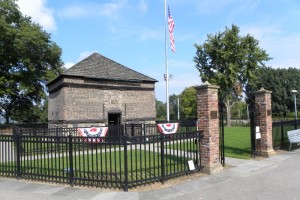Just Listed is a semi-annual feature of Pennsylvania’s cultural resources that were recently listed in the National Register of Historic Places.
Since our last Just Listed post, four properties from across the Commonwealth have been listed in the National Register of Historic Places. You can explore these National Register nominations and other historic properties in Pennsylvania via CRGIS, our online map and database.
The History of Pennsylvania Breweries
Pennsylvania may be the home to Yuengling, known as “America’s oldest brewery,” however the Commonwealth has yet to officially declare a craft beer month. However the ‘Official Tourism Website of the State of Pennsylvania’ dedicated a page to Pennsylvania Craft Brews, where Pennsylvania’s beer culture is significantly truncated…
The German immigrants who settled in Pennsylvania in the 1700s and 1800s brought many of their old-world traditions with them, including the love of great beer.
This particular blog post isn’t going to detail Pennsylvania’s brewing history (but maybe we’ll mull over the idea of a beer blog for a future post). And we’re a little late to honor American Craft Beer Week (which was mid-May this year). Regardless of any future beer narrations, resolutions or festivals, Pennsylvania indisputably has a rich brewing history and those buildings where brewing happened have been recognized by the National Register of Historic Places. Continue reading





Recent Comments